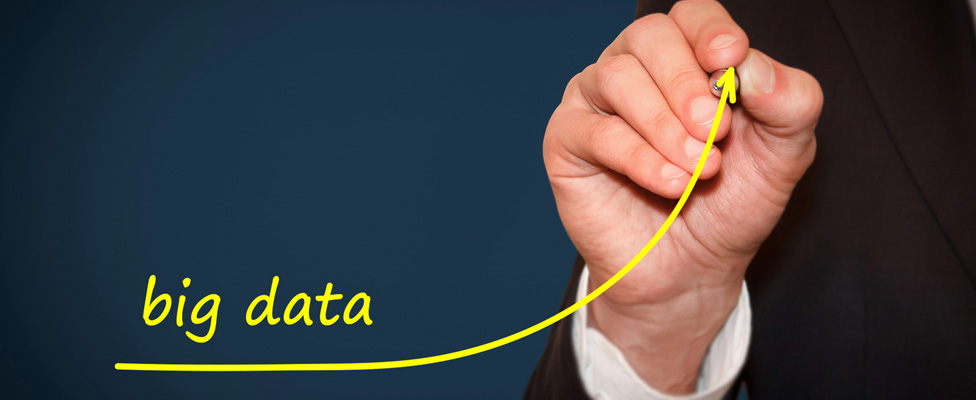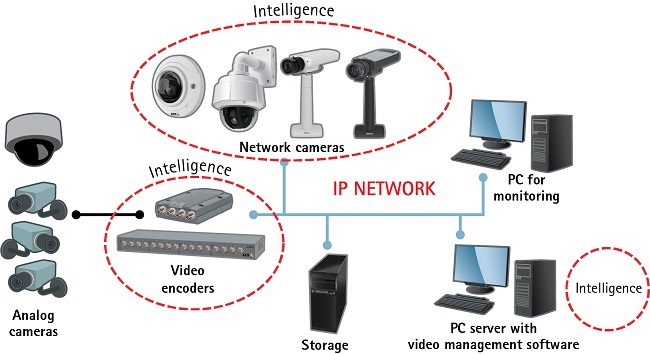
Intelligent Video: The Key to Analyzing Big Video Data
You can collect high quality video -- now turn it into true business intelligence.
- By Fredrik Nilsson
- March 24, 2017
Video surveillance technology has made quantum leaps in the past decade. We now have superior resolution with HDTV, 4K, and even 20-megapixel clarity. With more light-sensitive lenses and smart sensors, cameras have evolved from mere tools for deterrence to sophisticated gatherers of business intelligence. As a result, our security systems are now continuously generating massive amounts of data. In the vernacular of the industry, we're being inundated by big data. The question is: what do we do with this vast digital collection?
This is where video analytics and security system integration come into play. They make it possible for users to dig deeper into big data across multiple sources to quickly extract critical event details or detect trends over a specific period of time.
When analytics was first introduced into the security market a decade ago, performance was less than optimal. The technology has slowly become more robust and reliable; now it can translate surveillance video into usable business insights. As developers continue to refine the technology, you can expect to see video intelligence become a more common built-in feature for video surveillance cameras and video management systems.
How Does Intelligent Network Video Work?
Intelligent network video, also known as video content analysis, is the process of analyzing video data in order to transform it into actionable information. It is based on complex mathematical algorithms that convert images into data that can be searched with programmable rules to determine if the observed events are normal, need to be flagged as alerts to security staff or police, or contain important data for the business.
In a centralized architecture, intelligence resides in the video management system (VMS). The drawback is that intelligent video algorithms consume considerable computing power, which limits the number of cameras that can be managed by one server.
In a distributed architecture, the intelligence resides in the edge devices -- the IP cameras or video encoders. Analysis is more accurate because it is based on uncompressed video directly from the camera. The configuration is infinitely scalable and potentially reduces bandwidth usage because the camera or video recorder can decide whether to send the video to the server based on the content analysis.

A typical system using intelligent video. The intelligence usually resides at the edge, this is, built into the software or uploaded to the network cameras of the video encoders. It can also reside centrally, in the video management system.
Where to Apply Intelligent Video
Today intelligent video is mostly used in high-risk transportation, critical infrastructure, and government installations that require a fast response time to an event or where a large number of cameras need to be proactively managed. In retail installations, intelligent video is used to manage the business more effectively. Intelligent video applications fall into three categories: security, business intelligence and operations, and hybrid functions.
Analytics for Security
These applications are used primarily for real-time safety management. The cameras trigger real-time events and alarms. An operator analyzes the alarm and decides on an action. The most common analytics for security include:
- Motion detection: observing movement that triggers recording or activates floodlights, a speaker, or a siren
- Camera tampering detection: sounding an alarm when the camera lens is obstructed or the camera is deliberately or accidentally redirected or removed
- Object tracking: following a moving object, detecting loitering and intrusion, and/or spotting an abandoned object
- Perimeter protection: analyzing video to determine when a perimeter is being penetrated
Analytics for Business Intelligence and Operations
These applications are used mainly for business management and evaluation purposes, though occasionally for real-time action as well. Among common analytics uses are:
- Object classification: recognizing people, vehicles, and inanimate objects
- Object and people counting: monitoring foot traffic, queue lengths, and tailgating
- Dwell time and heat mapping: gauging a customer's connection with products and promotions
- Traffic management: monitoring traffic flow and detecting incidents of congestion, road debris, and wrong-way driving
Analytics for Hybrid Functions
These applications combine real-time security operations with business intelligence. Popular uses include:
- Autotracking: pinpointing and then following an individual or object
- License plate recognition: controlling access or monitoring the location of a vehicle via the license plate number
- Facial recognition: matching faces to individuals in a database to control access or apprehend individuals of interest
Integrating Intelligent Video with Other Big Data Systems
The beauty of network-based technology such as an intelligent video system is how easily it can integrate with other IP-based systems such as point-of-sale, physical access control, building management, and industrial control. When combined, these systems can trigger functions in each other.
For example, with a point-of-sale system, an enterprise can link cash register transactions to video footage of those transactions to help retailers catch and prevent fraud and theft from employees and customers. This integration also helps raise awareness of how and when mistakes are made.
Integrating video with a building's physical access control system enables security to maintain a visual log of facility access to verify that a keycard user is actually the authorized holder.
When a building management system is integrated with intelligent video, an equipment failure alarm could trigger a video camera to stream images to an operator. A fire alarm could trigger a camera to monitor exit doors for safe evacuation. Video motion detection could also be used to trigger lighting and heating systems to turn off when a room is vacated.
Industrial control systems can integrate intelligent video to provide remote verification of complex industrial automation systems. An operation malfunction could trigger the network camera to send images to an operator. Video cameras can also monitor processes in sensitive clean rooms or facilities with dangerous chemicals instead of sending in people for onsite inspection.